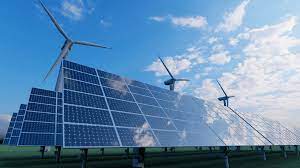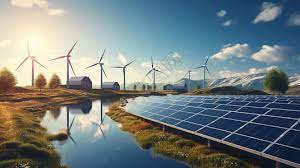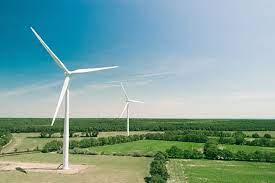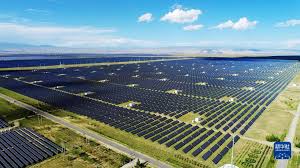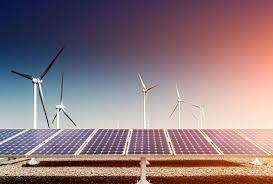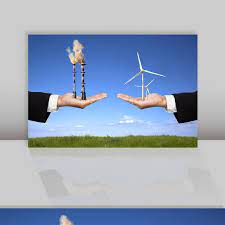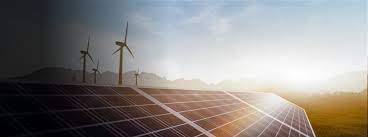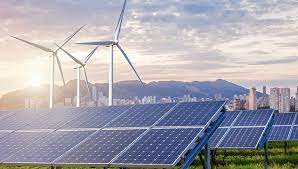BLOG LIST
-
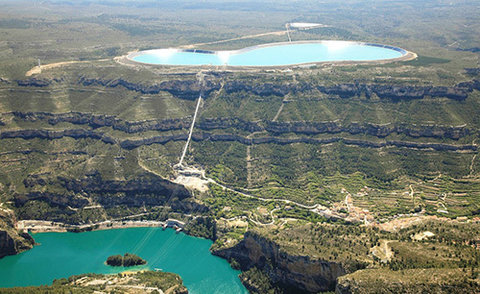
Mix of mechanical and thermal energy storage seen as best bet to enable more wind and solar power
To enable a high penetration of renewable energy, storing electricity through pumped hydropower is most efficient but controversial, according to the twelfth U.S. secretary of energy and Nobel laureate in physics, Steven Chu.Read more -
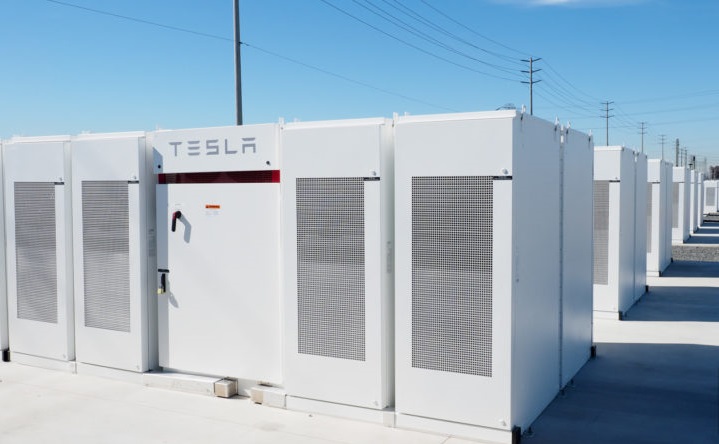
5 DIFFERENT TYPES OF ENERGY STORAGES WITH EFFICIENCY FROM 25% TO 90% energy storage
Energy sector’s future has always been associated with the fact that humanity will learn to accumulate energy effectively and to use it as necessary. The future is coming more confidently now and with different efficiency.Read more -
U.S. Grid Energy Storage Factsheet
Electrical Energy Storage (EES) refers to the process of converting electrical energy into a stored form that can later be converted back into electrical energy when needed.1Read more -
Battery Energy Storage Systems: Efficiency and Minimal Footprint
Battery Energy Storage Systems (BESS) consist of one or more batteries and can be used to balance the electric grid, provide backup power and improve grid stability.Read more -
Energy storage is the capture of energy produced at one time for use at a later time
Energy storage is the capture of energy produced at one time for use at a later time[1] to reduce imbalances between energy demand and energy production. A device that stores energy is generally called an accumulator or battery. Energy comes in multiple forms including radiation, chemical, gravitational potential, electrical potential, electricity, elevated temperature, latent heat and kinetic. Energy storage involves converting energy from forms that are difficult to store to more conveniently or economically storable forms.Read more -
Energy storage for electricity generation
An energy storage system (ESS) for electricity generation uses electricity (or some other energy source, such as solar-thermal energy) to charge an energy storage system or device, which is discharged to supply (generate) electricity when needed at desired levels and quality. ESSs provide a variety of services to support electric power grids. In some cases, ESSs may be paired or co-located with other generation resources to improve the economic efficiency of one or both systems.Read more -
The 5 Most Promising Long-Duration Storage Technologies Left Standing
Low-carbon grids need longer-duration storage, but few technologies have succeeded at scale. Here’s the current roster of best bets.Read more -
Energy storage: the key to a decarbonised future
Efficient energy storage is a fundamental pillar of the energy transition: allowing flexible renewable energy production and guaranteeing its integration into the grid. Find out which storage systems are the most efficient and which ones promise to drive the much-needed transition towards a decarbonised electricity system.Read more -
Mix of mechanical and thermal energy storage seen as best bet to enable more wind and solar power
To enable a high penetration of renewable energy, storing electricity through pumped hydropower is most efficient but controversial, according to the twelfth U.S. secretary of energy and Nobel laureate in physics, Steven Chu.Read more -
5 different types of energy storages with efficiency from 25% to 90%
Energy sector’s future has always been associated with the fact that humanity will learn to accumulate energy effectively and to use it as necessary. The future is coming more confidently now and with different efficiency.Read more -
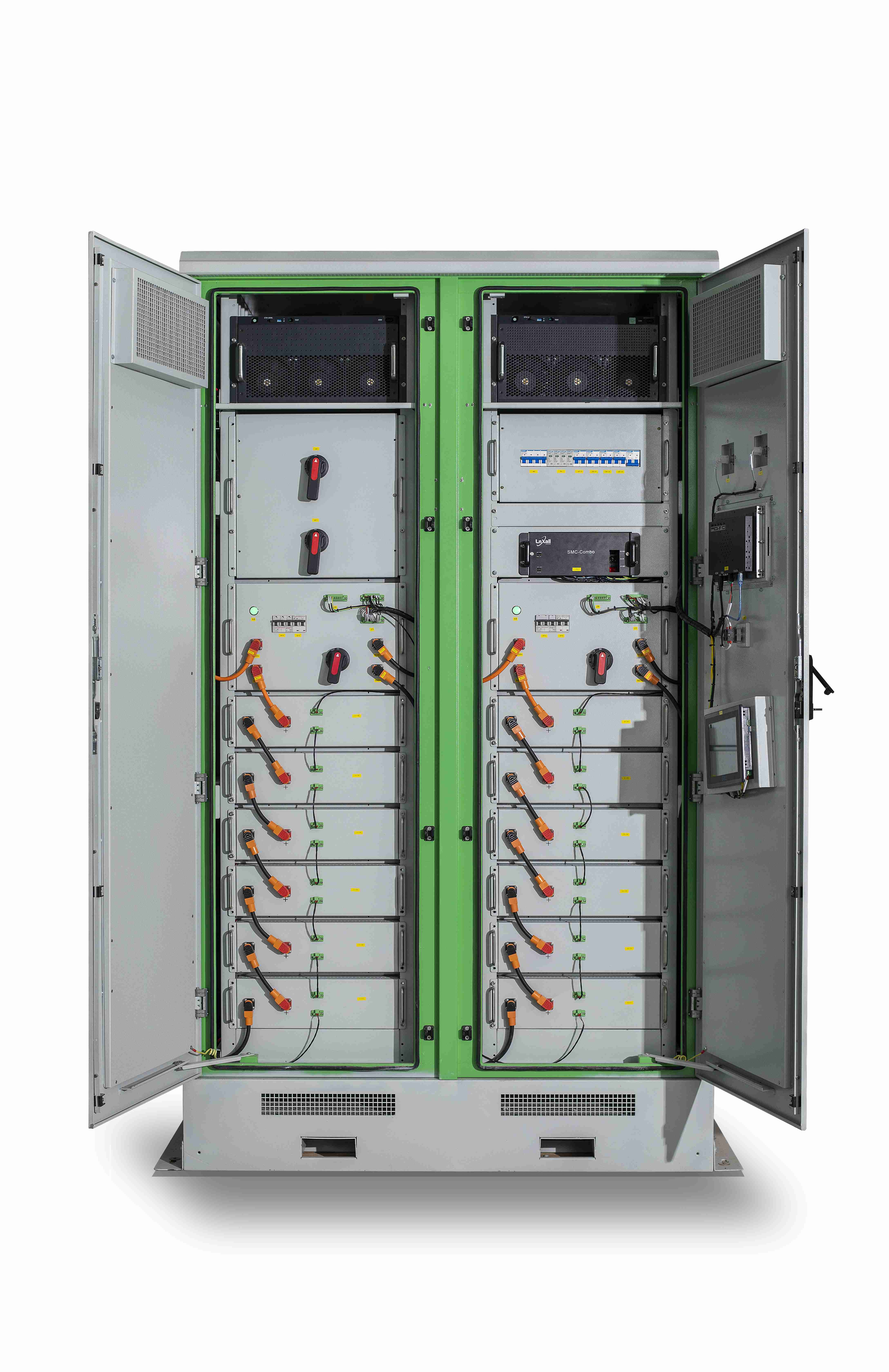
Beyond Batteries: Most Efficient Energy Storage 2023
Leveraging technology for a sustainable future and choosing the most efficient energy storage plays a crucial role in shaping the energy landscape. This article focuses on these systems, offering a comprehensive list and discussion of their attributes, advantages, and real-world applications. We will delve into how these storage systems interface with renewable energy, the benefits they bring, and how they might shape the future of energy storage.Read more -
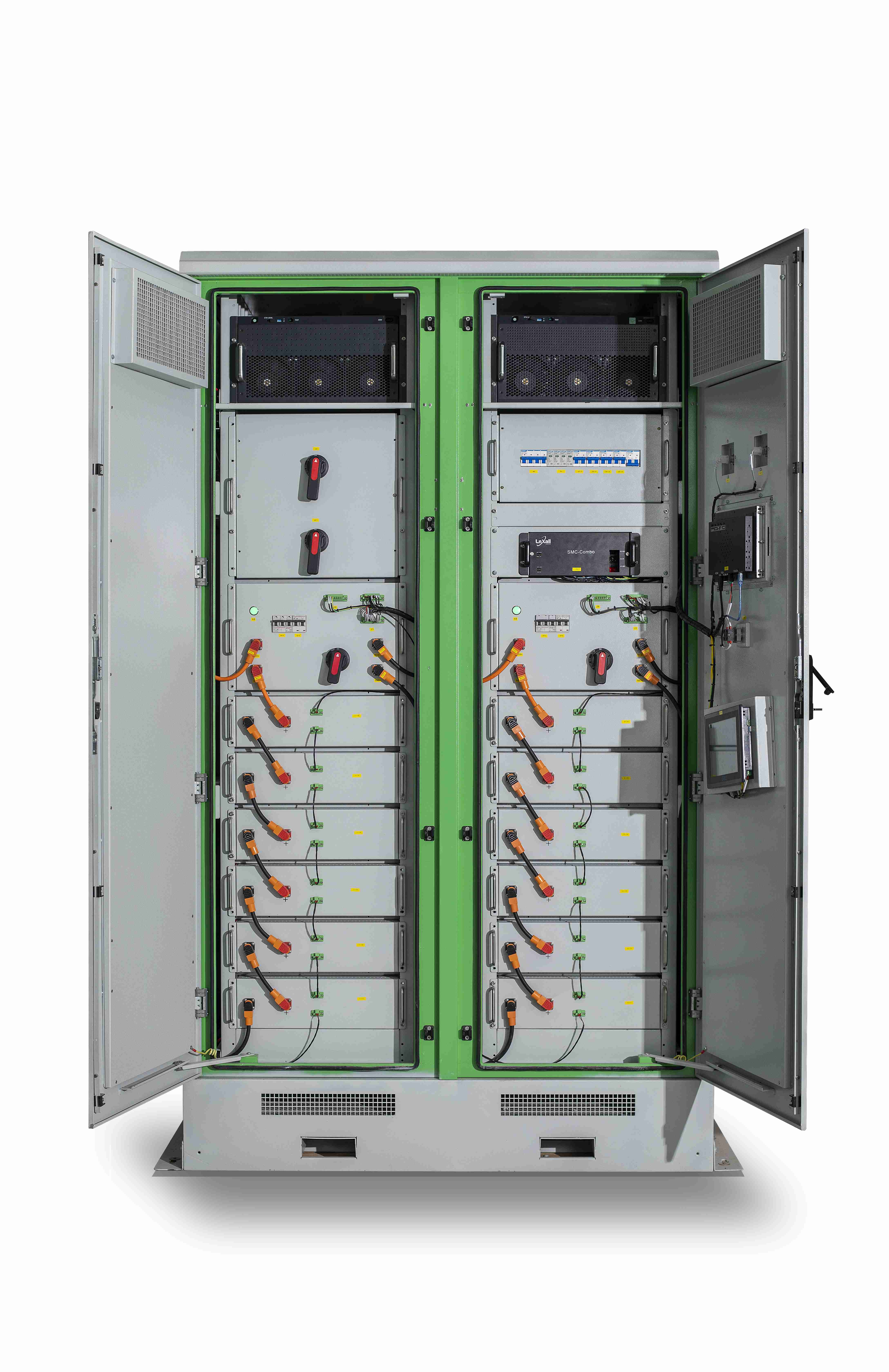
Energy Storage Systems
Energy storage has been an integral component of electricity generation, transmission, distribution as well as consumption for well over many decades. Today, the power landscape is changing dramatically with the growing renewable energy generation. This shift to renewable sources also makes delivering power reliably, where and when it’s needed, a bigger challenge than ever before.Read more




